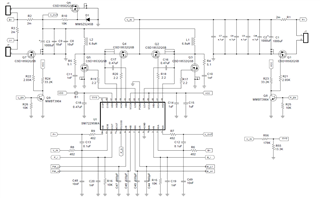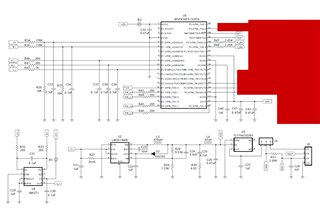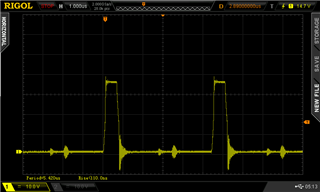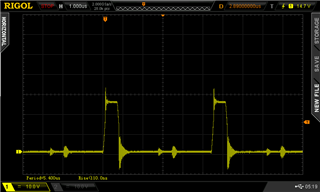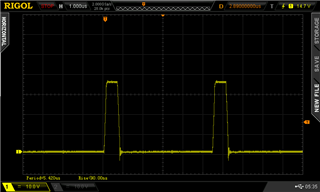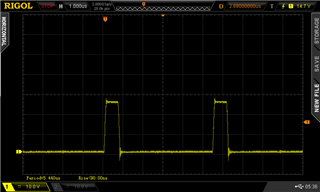Other Parts Discussed in Thread: TIDA-00120, CSD18532Q5B
We are having an issue with the SM72295 driver. We have duplicated the TIDA-00120 design for the charge controller, but added additional communications to the MSP430 controller. The problem we are seeing is the SM72295 failing, with an apparent short between HSB and HBB. The resistance between these two pins in the failed state varies, but is always under 100 ohms. The worst we've seen is 19.5 ohms. Working chips seem to have a resistance on the order of a few megohms.
These are new boards that have not yet been used. The first test is applying 24V to the solar panel input. We immediately see 10V at B+. If a 10 ohm load resistor is connected between B+ and ground, VCC sags to about 7.5 volts, and the SM72295 gets hot. There may be a brief period where VCC is applied to the SM72295, but VDD is not yet supplied. This condition lasts for a few seconds during this initial test.
Its not clear to us what the failure modes of the SM72295 are in this type of circuit that would cause VCC to be shorted from HBB to HSB.
We have previously produced several PCBs of the same design that do not have this issue. About 60% of the new batch have this failure mode. Is supplying VCC without VDD to the SM72295 sufficient to cause this failure? The fact that some boards work perfectly fine, and some boards fail catastrophically has us stumped.


